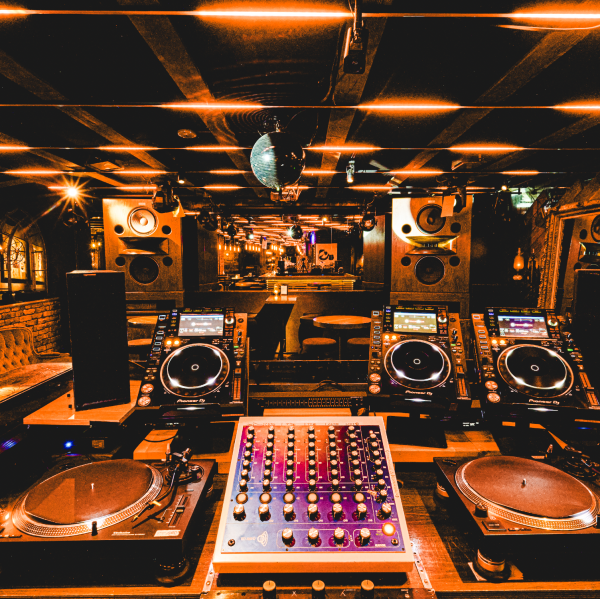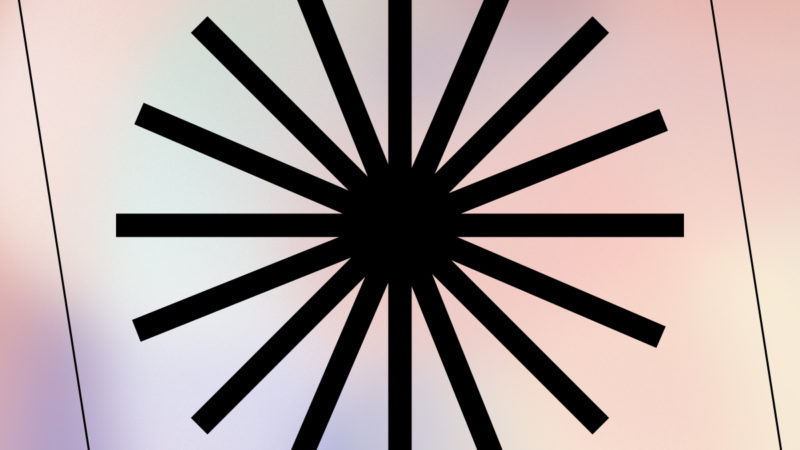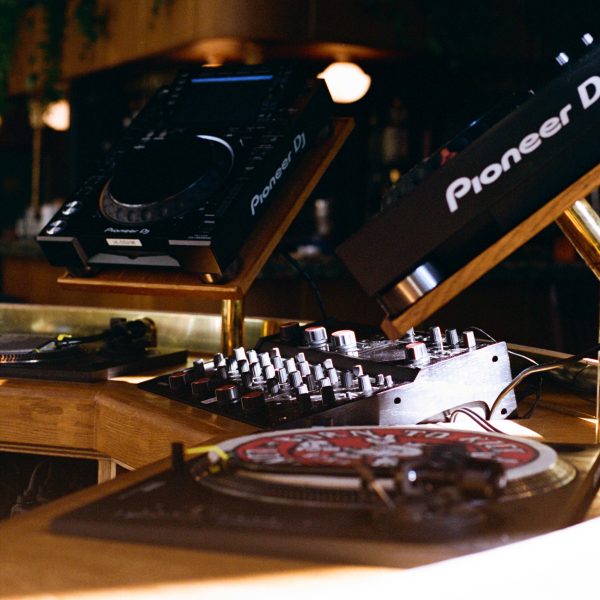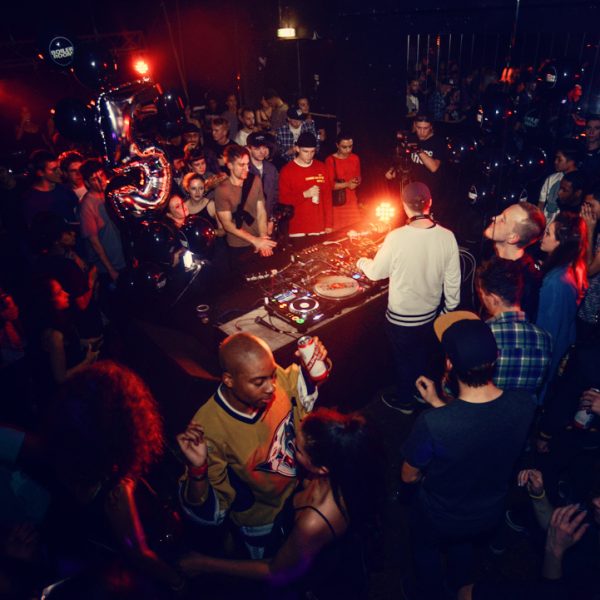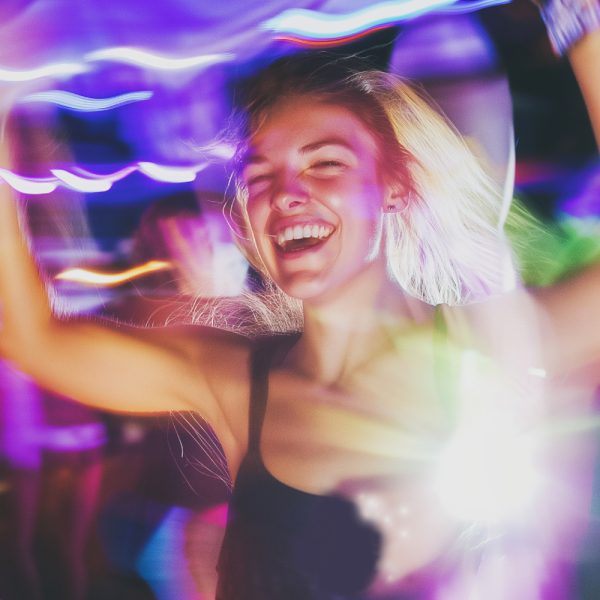In 1975, the Hungarian-American psychologist Mihály Csíkszentmihályi outlined the characteristics of “flow,” which we know informally as “being in the zone.” He described a state of effortless focus, where we become so absorbed in a task that the sense of time and the sense of ourselves melts away. Flow is most widely associated with visual artists, athletes and musicians. Viewed through the lens of flow, we could say that DJs and sound healers reach the state through similar means. They manipulate sound. Their performances respond to an ineffable feeling in a space. They narrow their thinking minds by focussing on music.
I asked Luca if he felt there was an overlap between the two disciplines. “1,000%,” he said. “For me, the most amazing time I had while clubbing or performing as a DJ came when basically structure is over. The beauty of electronic music is that it questions all of those chromatic experiences of sound that you can decode easily because you are used to them, those taken-for-granted elements. It can bring you to a space of new types of exploration. It’s the same with gongs, you know? When you think about it, a genre like techno is very limited and very wide at the same time. Certain elements that make you think, ‘Yes I recognise this’. So I recognise the sound as the sound of a gong but still, in over six years of sessions, there hasn’t been one time that has been the same as another. And that’s the beauty of those non-chromatic instruments, as well as the beauty of playing with the archetypes of techno, which are very simple and very few, into things that are richer.”
Tracie, the other DJ/sound healer I spoke to, continually referenced DJing during our conversations. It seemed as if, for her, the link wasn’t even in question. “Like a DJ set, it’s like, ‘I’ve got all of these people, I’ve got to pull them into this sound,'” she said. “Get their attention or get them focussed. Let’s all speak the same language. At a certain point in a DJ set—just like the sound harmonisation, sound meditation sessions—there’s an invisible coherence point where something just shifts to the next gear. And then, it changes. I really do feel like my years of DJing have played a huge part in my experiences now of group sound meditation from a live perspective.”
There’s also arguably a similarity in the learning curve for these respective fields. The basics of DJing can be taught in a day. Expertise, however, takes years. As Cherub pointed out to me, a child can whack a gong. But it’s about mastery of the instrument, the creation of a deep and intuitive relationship. This idea is emphasised by Tim and Cherub on the sound-healing course they teach. “The advantage in our field, and I do stress this sometimes when we’re talking to students, is that these are percussive instruments,” Tim said. “I always say to them: guys, celebrate this. You can get through the basics of this really quite quickly. And then we’re going to teach you to perceive the sound that you want to make.”
I emailed with Jeanine Gasser, a Swiss-Mexican life coach based in London, who is currently studying with Tim and Cherub. She told me about the thoroughness of the course and how she’s observed the sound-healing movement growing increasingly popular. I also spoke to Allison Bagg, a sound practitioner, breathwork facilitator and artist based in Los Angeles, who is a recent graduate. Allison hadn’t intended to set up her own practice—”I remember kind of zoning out during our last day when they gave tips and tricks around how to start your practice and business because I didn’t think it applied to me!”—but the sheer volume of interest she received led her to get started.
“I think quarantine really opened people up to vibrational healing and different self-care modalities and I now see sound healing everywhere,” she said. “Brands and studios seem to be offering this work online and in-person a lot more than ever…I have found that more and more people are interested and excited about this work. For this reason, I am even building out a training of my own to offer deeper study and information.”
